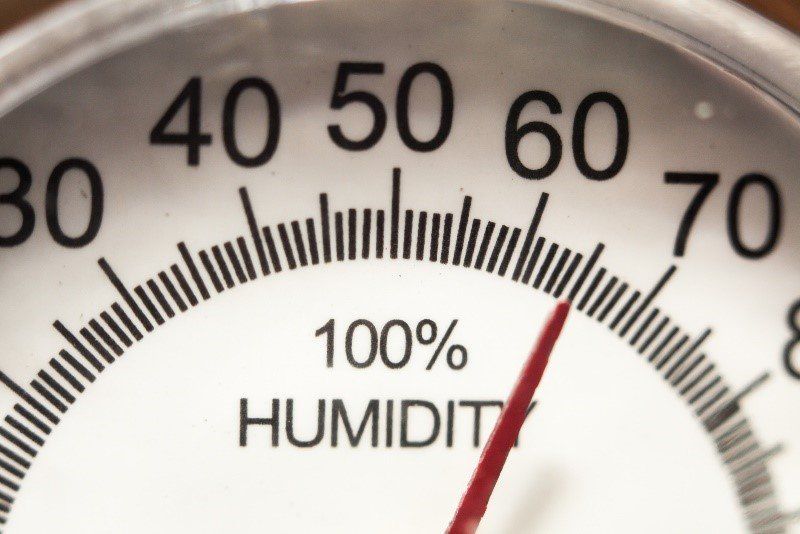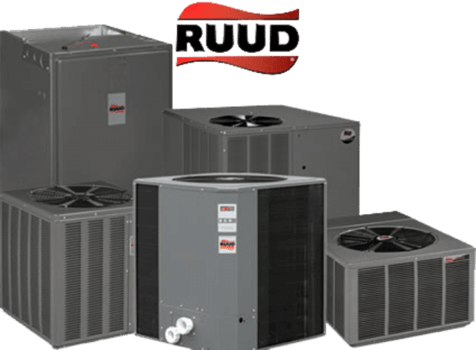A Guide to Indoor Humidity

The humidity level of your home's air is one of the most important factors in keeping your home comfortable. The ideal indoor humidity level is between 30 and 50 percent , but problems with your HVAC system or certain environmental conditions can leave your home's humidity too high or too low. This guide will cover the problems caused by incorrect indoor humidity and what you can do to fix it.
Signs of High Indoor Humidity
High indoor humidity is a more common problem in the summer months when heat causes a greater amount of moisture to evaporate and hang in the air. High humidity leaves your home feeling stuffy and warmer than it should, and you may notice that the air feels "sticky" on your skin. In addition to uncomfortable air, there are several characteristic signs that your home's humidity is too high.
One of the easiest symptoms of high humidity to spot is an unusual amount of condensation on your windows. Window glass typically stays cooler than other surfaces in your home. This temperature difference makes your windows an easy place for condensation to develop due to moisture in the air. You may also see water stains around your windows as water pools at the bottom and drips onto your walls.
Mold growth is another risk to keep in mind if your home's humidity is too high. Mold thrives in moist, dark places, so condensation occurring inside your ductwork, in your attic, and behind your walls can easily promote mold growth. A lingering musty odor could mean that mold is flourishing somewhere in your home even if you aren't able to see it.
Signs of Low Indoor Humidity
Aside from making your air uncomfortable, the symptoms of high humidity mostly affect the surfaces in your home. Low humidity, on the other hand, is more likely to cause health effects in yourself and other members of your family.
Dry air is prone to drawing moisture out of anything that it touches, including people. Dry, irritated eyes are one telltale sign of low humidity caused by evaporation of the tear film on the surface of the eyes. Dry, itchy, and cracked skin is another potential side effect, and it is so common during the winter months when the air is dry that the term "winter eczema" is often used to describe it.
The most significant risk of low humidity is the effect it can have on the respiratory system. Dry, cool air will dry out the sinuses, increasing the occurrence of nasal congestion and making infection from airborne pathogens much easier. Viruses and bacteria are also able to survive for longer in less humid air, further increasing the risk of respiratory illness.
How to Correct Your Home's Humidity Level
Modern HVAC systems are very good at managing indoor humidity. If your home has a whole-house dehumidifier installed, you will rarely have to worry about your indoor air becoming too humid. Running your air conditioner in the summer will remove heat and moisture from the air as well. However, sometimes taking a few extra steps to manage humidity can greatly improve your comfort.
If your indoor humidity is too low, the easiest way to solve the problem is to place portable humidifiers in your most-used rooms. Tasks as simple as boiling water, leaving the door open when you shower, and opening your dishwasher door to air-dry your dishes can increase humidity as well.
To reduce indoor humidity, consider moving houseplants outside, ensure your bathroom and clothes dryer are properly ventilated, and run your ceiling fans to circulate moisture. You can also purchase portable dehumidifiers or hire an HVAC technician to install a whole-house dehumidifier.
Humidity is an essential aspect of indoor comfort that many homeowners overlook. If you are having humidity problems in your home, call Henry's Service Allso our experienced technicians can help you!











